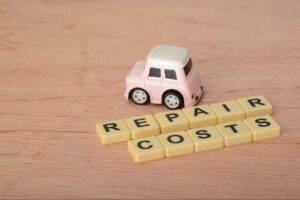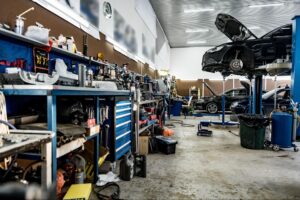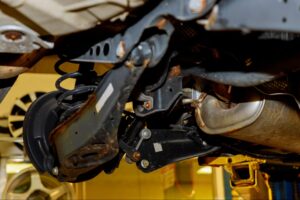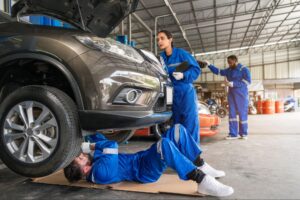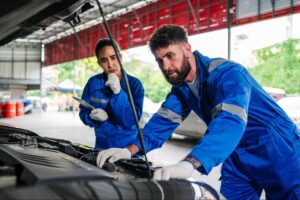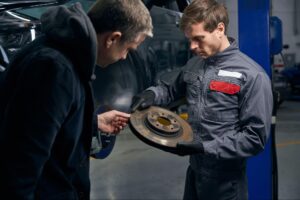
Top Factors That Affect the Cost of a Car Repair Estimate
Receiving a car repair estimate can stir confusion and stress. One shop may charge a reasonable fee, while another presents a figure that feels inflated. Costs vary because several factors shape every repair decision, from parts to labor and location. Understanding these factors gives drivers clarity and control when evaluating repair bills.
Why Understanding Car Repair Estimate Factors Matters
Knowing the factors behind a car repair estimate matters because it helps drivers make informed decisions and avoid overspending. Without this knowledge, a simple repair can become an overwhelming financial burden. Understanding these elements also provides leverage when comparing shops or negotiating prices. Awareness ensures drivers maintain control, reduce stress, and protect their vehicles without falling into costly surprises.
Key Factors Behind Rising Car Repair Estimates
Car repair bills rarely follow a fixed pattern; each estimate reflects several underlying reasons. Every detail influences the final cost, from the car’s design to the shop’s labor rates. Drivers often notice significant price gaps between shops for the same repair. Understanding these reasons helps explain why estimates can swing so widely.
The Make and Model of the Vehicle
The make and model of a vehicle directly affect the cost of a car repair estimate. Standard cars are easier to service because parts are widely available and affordable. Luxury brands or rare imports often require specialized parts and tools, raising costs. Drivers should understand that their car choice impacts both ownership and repair expenses.
Availability of Parts
Parts availability is one of the strongest factors in an estimate. Standard models have replacement parts that shops can access quickly and at lower prices. Rare or discontinued models may require orders from distant suppliers, which adds shipping fees and delays. Shops pass these expenses to customers, raising the final estimate. Waiting for rare parts sometimes extends repair time and inflates labor costs. Availability directly influences both price and convenience.
Complexity of Technology
Cars today include advanced systems that complicate repairs. Features like hybrid engines, driver-assist systems, and touchscreen displays require specialized tools and knowledge. Certified technicians must undergo additional training to handle these systems correctly. The added skill level translates into higher labor rates. Complex technology also increases diagnostic time and repair duration. Vehicles with advanced systems consistently show higher repair estimates.
Luxury vs. Economy Vehicles
Luxury vehicles generally cost more to repair than economy models. These cars often use high-end materials, from custom paint to precision parts. Even simple items such as mirrors or headlights carry elevated price tags. Shops that service luxury cars also charge higher labor rates due to demands for expertise. Economy cars are designed with affordability, making repairs quicker and cheaper. The difference between luxury and economy cars becomes clear in every estimate.
Type of Repair Needed
The type of repair directly shapes the cost of a car repair estimate. Repairs range from routine maintenance to complex mechanical fixes, and each category carries unique demands. Before providing a number, shops must evaluate labor time, part costs, and repair difficulty. This variation explains why no two estimates look the same.
Mechanical Repairs
Mechanical repairs are often the most expensive items on an estimate. Fixing engines, transmissions, or suspension systems requires many hours of skilled labor. Replacement parts are usually costly; some need rebuilding rather than simple swaps. Shops also charge for extended diagnostic testing in mechanical cases. The combination of time and specialized knowledge drives the estimate upward. Mechanical issues almost always appear at the higher end of repair costs.
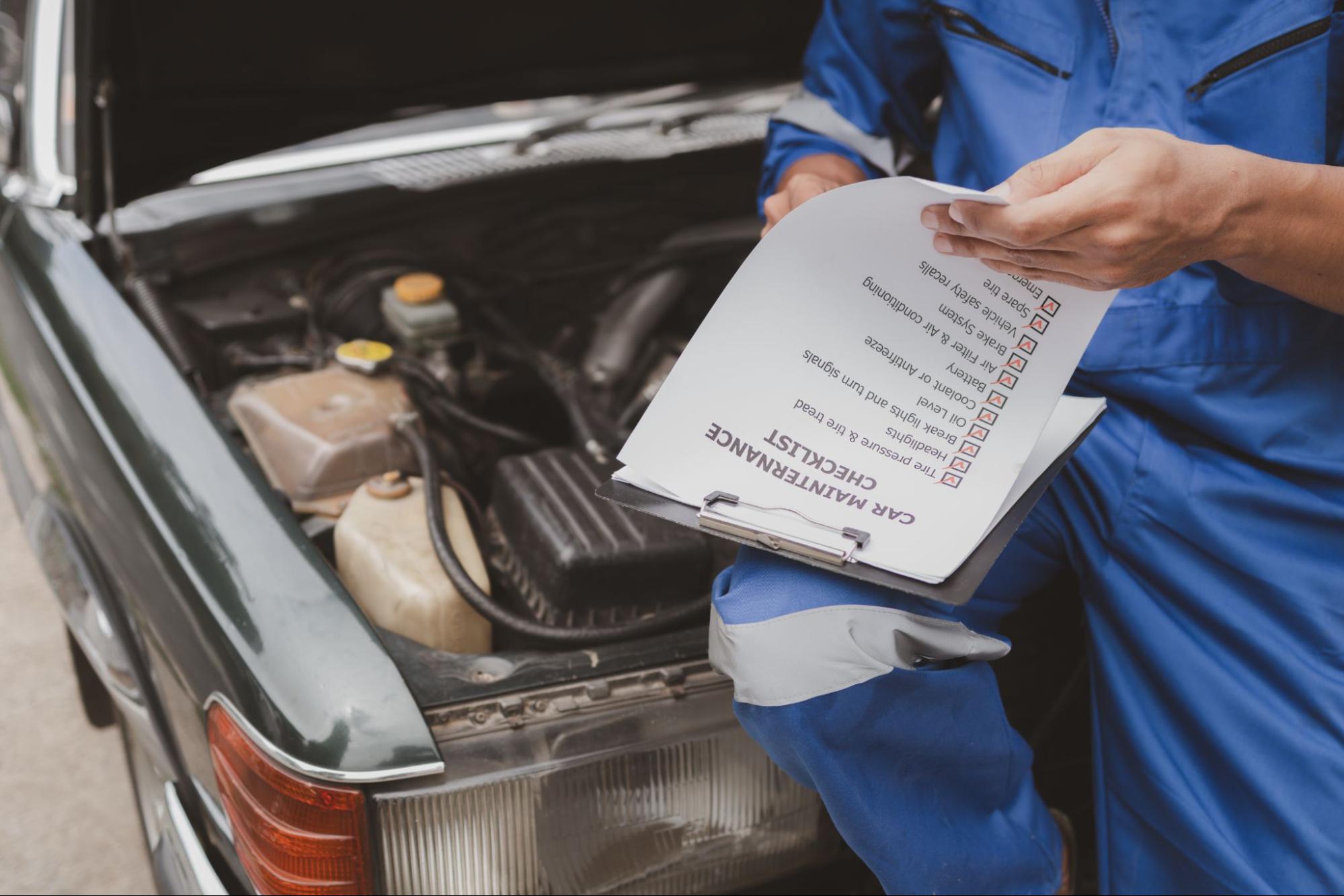
Cosmetic or Body Repairs
Bodywork influences estimates differently from engine repairs. Dents, scratches, and bumper replacements may seem minor, but they require precision. Shops must match paint carefully, which increases both material and labor costs. While insurance often helps with bodywork, deductibles can make repairs expensive. The level of detail required determines how high the final estimate will be. Even cosmetic work can create large bills when materials and labor overlap.
Routine Maintenance Repairs
Routine services typically sit on the lower end of estimates. Oil changes, brake pad replacements, and battery swaps are straightforward jobs. However, neglecting these minor repairs often leads to expensive breakdowns later. For example, worn brake pads can damage rotors, doubling costs. Staying consistent with maintenance keeps repair estimates manageable. Preventive care proves less expensive than delayed intervention.
Electrical Repairs
Electrical repairs often surprise drivers with their cost. Tracing wiring issues through multiple systems requires patience and advanced diagnostic tools. Replacing starters, alternators, or sensors involves both parts and labor. Some problems may take several rounds of testing to confirm. These hidden complexities make electrical problems unpredictable in price. Electrical failures can sometimes rival mechanical repairs in expense.
Labor Costs
Labor costs account for a large portion of repair estimates. Shops charge by the hour, and rates vary depending on location, technician expertise, and shop expenses. Some repairs may require only one hour, while others need days of dedicated work. Labor alone can double or triple a repair estimate.
Shop Location and Overhead
Auto repair shops in urban areas charge higher rates than those in rural regions. High rent, insurance, and staffing expenses push hourly fees upward. Customers in large cities, therefore, pay more for the same repair. Rural shops may charge less but could lack advanced tools or services. The difference in overhead directly translates to customer bills. Location remains one of the most visible drivers of repair costs.
Technician Expertise
Technicians with certifications or brand-specific training demand higher wages. Shops charge more for their time because specialized knowledge ensures accuracy. Advanced vehicles often require such expertise for safe repairs. Customers pay a premium for this skill level but benefit from better results. A less experienced technician may cost less, but risks incomplete work. Expertise
always reflects in the estimated total.
Time Required for Repairs
Repair time strongly influences labor costs. A quick brake replacement may take under an hour, while engine work could last several days. Shops calculate labor by multiplying time by hourly rates. Long projects add up quickly on an estimate. Extended repair time often comes from complex systems or hidden issues. The longer a repair takes, the more expensive the labor charge becomes.
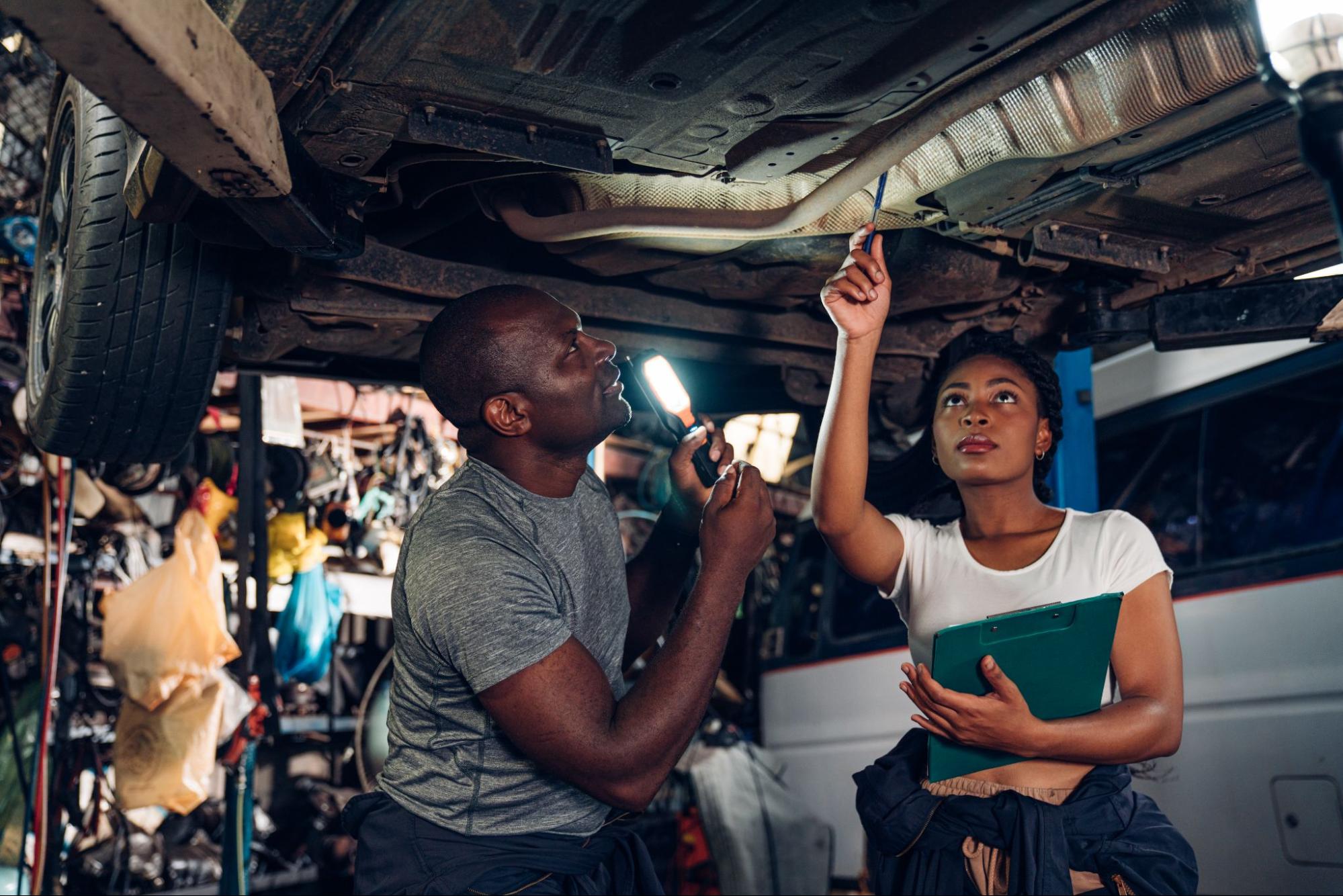
Diagnostic Fees and Testing
Diagnostic testing is a standard part of modern car repairs. Shops charge these fees separately because advanced tools and training are involved. Identifying a problem correctly saves time and prevents unnecessary maintenance. Diagnostic costs, however, add to the overall estimate.
Computerized Diagnostic Tools
Modern cars require computerized scans to detect issues. Repair shops invest thousands in scanners, software, and updates, which are reflected in customers’ fees. Digital scans provide precise insights into engine, electrical, and safety systems. Without these tools, technicians cannot effectively repair modern vehicles. Diagnostic tools directly contribute to higher repair estimates.
Multiple Testing Rounds
Some issues require repeated testing to confirm. Technicians may perform multiple scans, inspections, or trial fixes. Each step consumes more time and raises the bill. Complex problems often require this approach for accuracy. While expensive, repeated testing prevents incomplete repairs. These rounds of testing increase estimates but improve long-term outcomes.
Geographic Location and Market Trends
Geography plays a significant role in shaping car repair estimates. Due to labor costs and supply chains, prices differ between cities, towns, and regions. Seasonal demand also influences repair shop pricing. Where and when you seek repairs changes the final figure.
Regional Cost of Living
Shops in high-cost areas must charge more to stay open. Rent, wages, and parts shipping all increase with the local economy. Drivers in these regions consistently face higher repair bills. Conversely, smaller towns or rural areas often have lower estimates. However, they may lack access to specialized parts or services. Regional economics heavily dictate repair costs.
Seasonal Demand Changes
Seasonal changes cause spikes in repair needs. Winter often leads to battery failures, rust damage, and tire replacements. Summer brings overheating problems and air conditioning failures. During busy seasons, demand raises shop prices. Customers may also face longer wait times. Repair estimates fluctuate depending on seasonal stress on vehicles.
Vehicle Age and Condition
The age and condition of a vehicle strongly influence estimates. Older cars often require rare parts and more labor. Wear, rust, and outdated systems add to complexity. Shops consider these factors when preparing repair bills.
Availability of Older Parts
Older vehicles frequently face part shortages. Manufacturers may stop producing original components, forcing shops to source recycled or aftermarket versions. Due to scarcity, these alternatives often cost more. Delays in finding parts extend repair time, and customers see higher estimates. Vehicle age directly affects part costs and availability.
Hidden Damage and Wear
Older cars often reveal new problems during repairs. Corroded wiring, worn seals, and hidden rust complicate jobs. Shops add these discoveries to the estimate to finish repairs. This chain reaction makes older vehicle repairs unpredictable. What starts as one issue can quickly grow into several. Condition always drives estimates higher in aging vehicles.
Warranty and Insurance Coverage
Warranty and insurance coverage shift repair costs between the driver and the provider. Manufacturer warranties may cover part of the repair. Extended protection or insurance policies also reduce direct expenses. Understanding coverage prevents financial surprises.
Extended Warranties
Extended warranties offer security against high repair costs. Some cover both parts and labor, while others limit protection. Exclusions for wear items like brakes are standard. Reading contracts closely avoids false assumptions about coverage. If applied correctly, extended warranties can reduce estimates. They also provide peace of mind in unexpected repair situations.
Insurance Deductibles
Insurance deductibles determine how much drivers pay upfront. A high deductible lowers monthly premiums but increases repair bills. A lower deductible spreads costs over time but raises premiums. Balancing these choices affects repair estimates. Drivers must weigh immediate affordability against long-term costs. Deductibles shape how much of an estimate comes from the driver’s pocket.
Shop Reputation and Service Quality
The reputation of a repair shop changes both experience and cost. Established shops charge more but provide transparency and reliability. Customers often value peace of mind over savings. Reputation and service quality consistently influence repair estimates.
Customer Service and Transparency
Shops that explain their process clearly create trust. Transparent estimates reduce disputes and confusion. Customers willingly pay more for open communication. Good service also improves satisfaction and loyalty. Transparency directly raises the value of a repair estimate. Professionalism becomes part of the cost.
Use of Updated Equipment
Shops that upgrade tools and machines often charge more. Modern equipment speeds up repairs and improves accuracy. However, the cost of technology maintenance is passed to customers. This investment reduces mistakes and improves efficiency. Customers indirectly support shop upgrades through higher estimates. Advanced tools ultimately protect repair quality.
Miscellaneous Fees in a Car Repair Estimate
Hidden fees appear in many repair estimates. These small charges accumulate and surprise drivers who do not review details. Common examples include disposal and administrative costs. Understanding them helps customers avoid confusion.
Disposal and Environmental Fees
Shops charge disposal fees to safely handle fluids, tires, and old parts. Environmental regulations require strict compliance in waste management. These charges may seem small, but they appear on most bills. Proper disposal protects both the environment and the shop’s liability. Drivers should expect these fees in nearly every estimate. Environmental care always adds modest costs to repairs.
Administrative and Documentation Fees
Shops also charge for paperwork, billing, and insurance coordination, which require time and record management systems. Administrative costs show up as small line items in estimates. Customers often overlook them until reviewing the bill closely. While minor, these fees build up with larger repairs. Documentation remains a standard hidden cost in car repairs.
Turn Car Repair Estimates into Smarter Decisions
Every car repair estimate is more than just a number on paper—it’s a reflection of choices, priorities, and opportunities to stay in control. By approaching each estimate with awareness and questions, drivers position themselves for fair pricing and reliable service. The real advantage lies in shifting from uncertainty to confidence, turning a stressful process into an informed decision. With the right mindset, a car repair estimate becomes less of a burden and more of a guide toward smarter ownership.
Turn confusion into clarity by visiting the Cordova Auto Service & Mufflers blog, where expert tips and repair knowledge meet drivers who value confidence.
